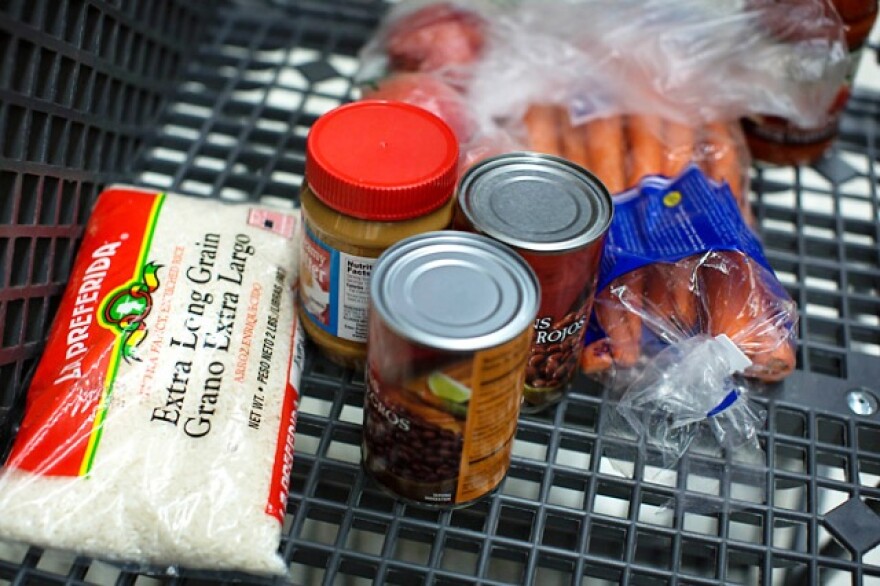Ness County, Kansas, has less than 3 people per square mile and is rich in oil, yet enrollment in the food stamp program is up 480 percent according to a recent Wichita Eagle article. The increase is not unique to Ness County. In 2008, national food stamps cost $34.6 billion, and last year that total was $75 billion.
Ness County seems to be another snapshot of a program that is complex and puzzling.
“Ness County is fairly wealthy,” County Commissioner Fred Flax said. “I don’t know what the requirements are to get food stamps or if anyone really checks.”
How to decrease abuse of the program does not have a clear solution. Reform is a divisive topic that has been in congressional deadlock all summer, but that’s nothing new. It was controversial from the beginning, when it was established in the late 1930s as a way to use up farming surpluses. It continued to be contentious when the program was bound to farming subsidies as a “marriage of convenience” with the help of Kansas Republican Senator Bob Dole and South Dakota Democratic Senator George McGovern.
How it will plays out this fall remains to be seen, but for some, the Supplemental Nutrition Assistance Program (SNAP) is a lifeline as reported in the Wichita Eagle.






